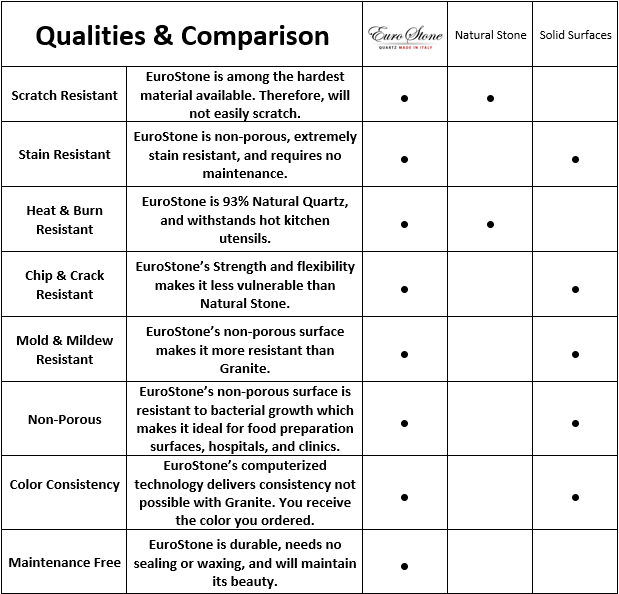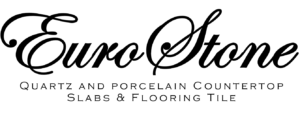Interesting facts you didn’t know about Quartz Countertops
Most people know enough to understand that quartz countertops are different from other natural stone countertops. There is much more to Quartz Countertops than most people realize however!
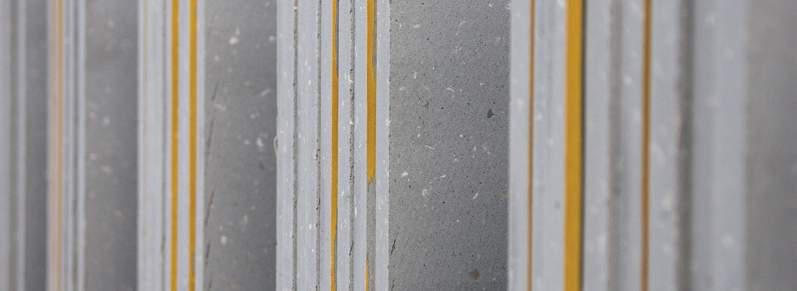
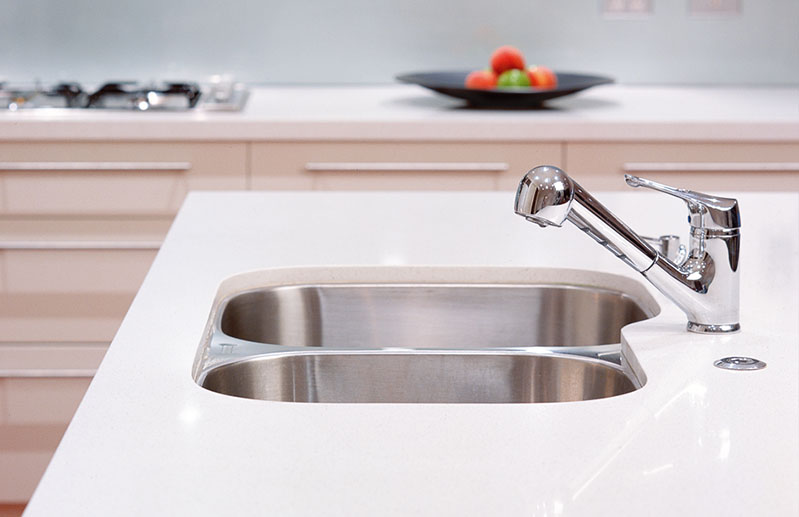
What exactly is a “Quartz Countertop”?
Quartz Countertops are an example of a man-made or engineered stone. They are typically made from ground-up particles of quartz, other minerals, sand mixed with a polymeric binder and coloring.
Quartz countertops are NOT solidly made of Quartz particles
Up to 7-10% of the material used in a Quartz slab is a combination of a resin binder and colorants. The other 90-33% is most of the time minerals, Silica (quartz sand), sand, glass etc., but can also be stone waste from quarries like granite, marble, or other natural stones. Some Quartz Countertop colors also include other waste products like ceramic, glass, car mirrors/windows, computer chips, street debris, etc.
It is this engineering process that gives Quartz Countertops the look and feel of stone. Often we see these types of material referred to as “engineered stone” or “compound stone” since these are both terms that more accurately describe the way these products are created.
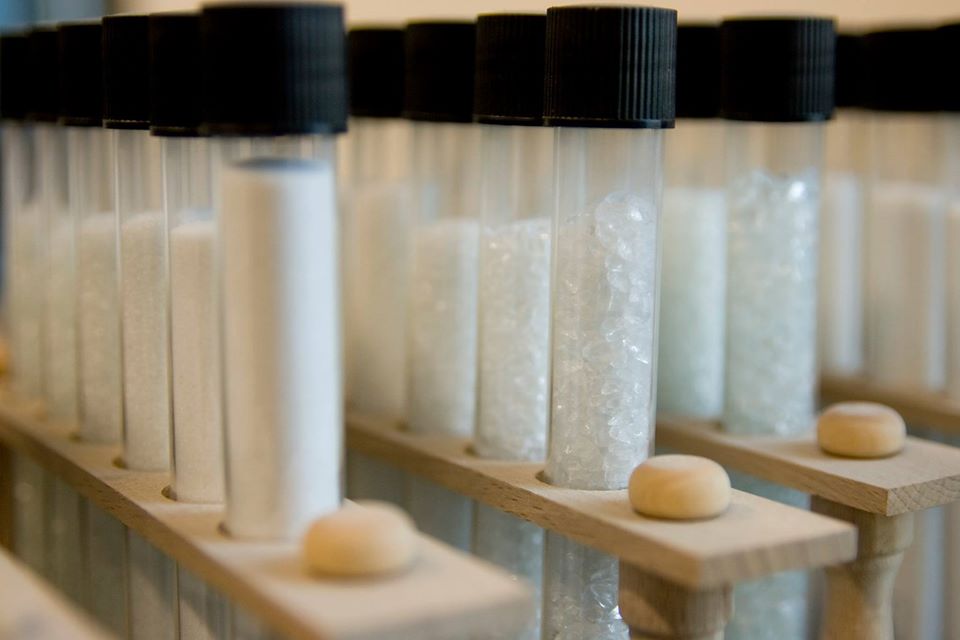
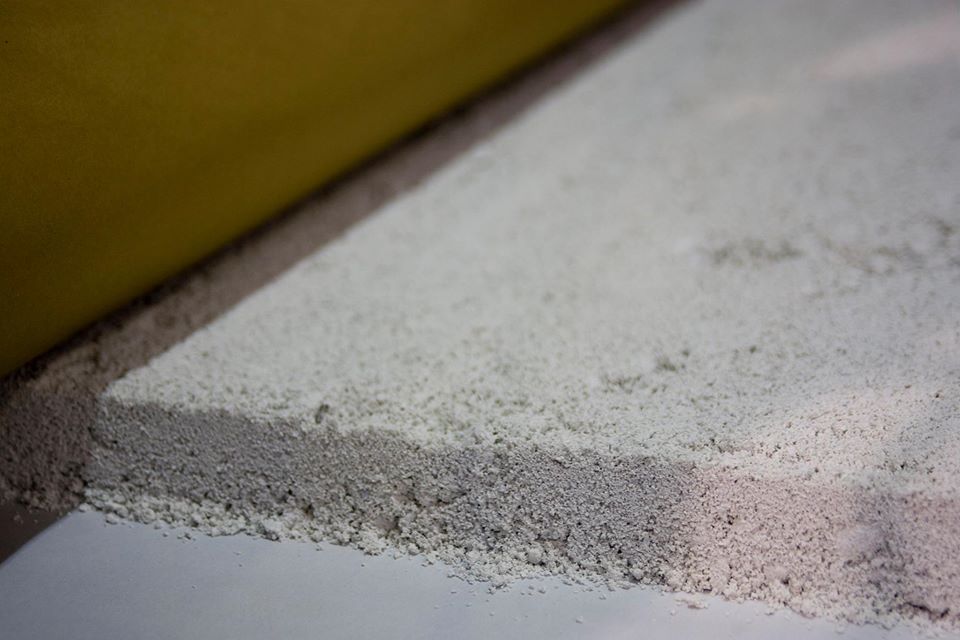
All Quartz Countertops are basically made the same way
The technology used to create this type of engineered stone was developed in 1993 by a company in northeastern Italy named Breton. The process consists of blending the stone aggregate with the resin binder, removing the air, and then heating/shaping it into slabs that resemble and mimic natural stone.
This technology was then licensed under the Bretonstone® trademark and has been licensed to companies around the world, including the big name brands like Caesarstone, Cambria, and Silestone.
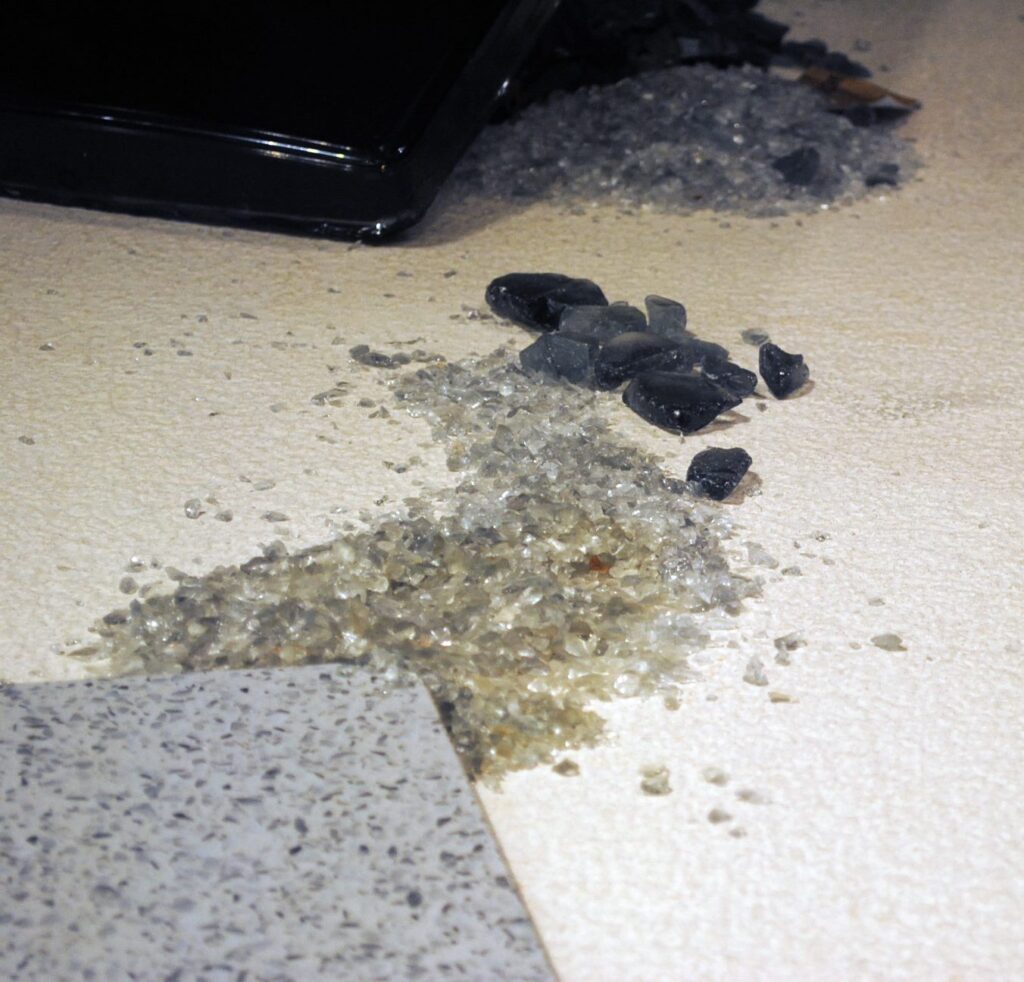
Every manufacturer of course adds their own style to their engineered stone materials but ultimately they are all still working off of that original patent.
Quartz Countertops are “environmentally friendly”
The Eco stone has zero Quartz and 100% recycled minerals. As described earlier, all of the stone aggregate materials that go into making a quartz countertop is the waste by-product of quarrying for natural stone countertops. other. This also extends to the non-stone aggregates like car mirrors/windows, computer chips, street debris, etc.
Even the resins that bind together a quartz countertop have become more natural. Often a mixture of both artificial and organic resins, the organic portions are derived from non-food vegetable oils.
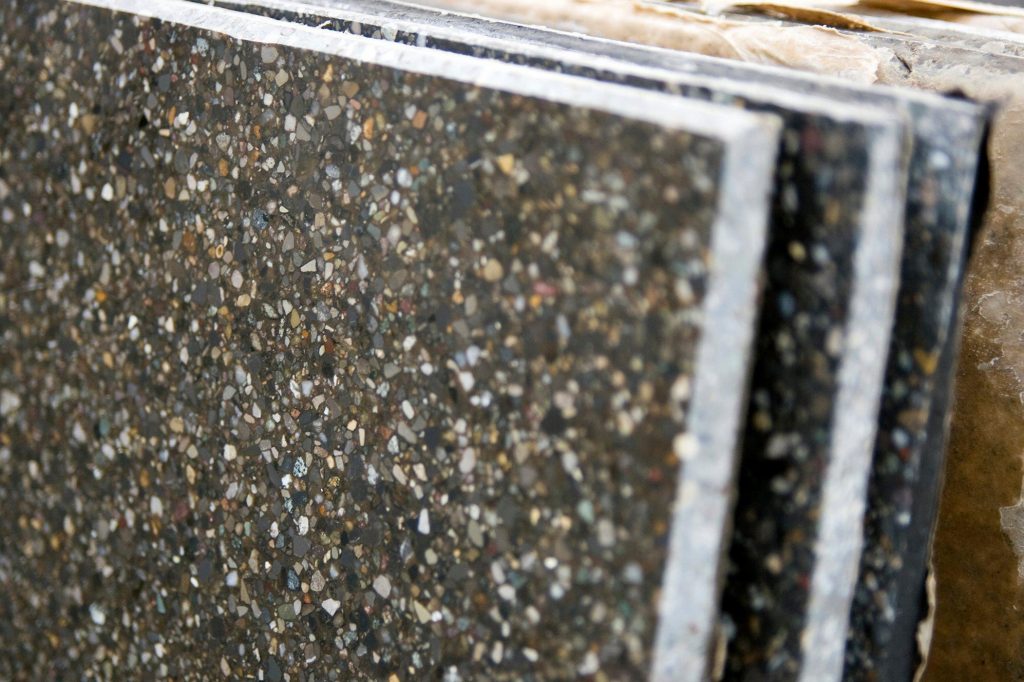
Quartz Countertops right underneath your feet
When most people think of quartz, they think of countertops for the kitchen or bathroom, but the majority of quartz is made in massive slab sizes for commercial applications like airports, shopping malls, and even showroom floors. It is very likely that you have walked on engineered quartz material and not even realized!
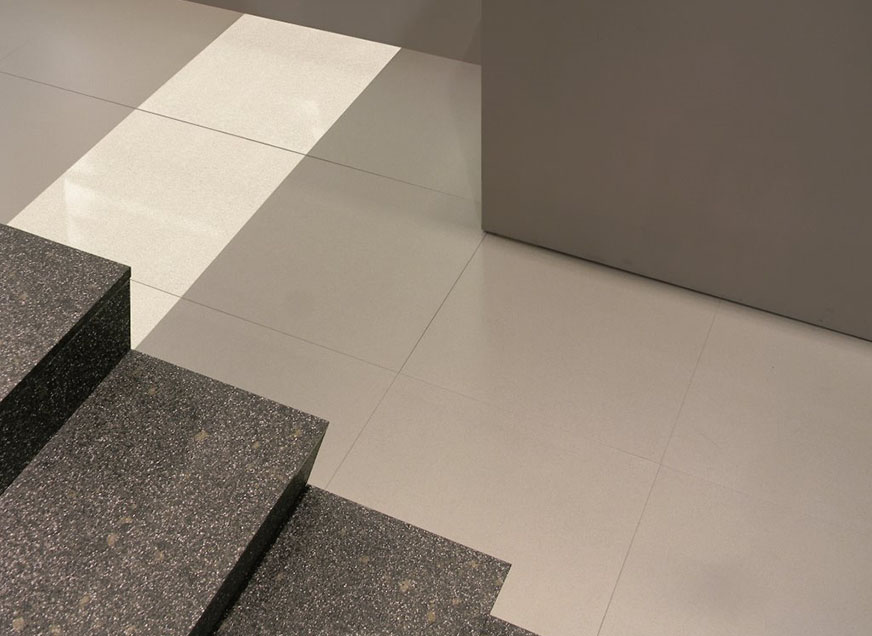
Quartz does not have to compete with Granite anymore
Often marketed as a more durable, less porous, and more easily fabricated version of slab granite, Quartz’s main goal is no longer to be mimic Granite slabs. Even though we still see plenty of engineered natural stone mimics, the design and styling of modern Quartz goes far beyond the natural look for more contemporary and unique looks and applications.
